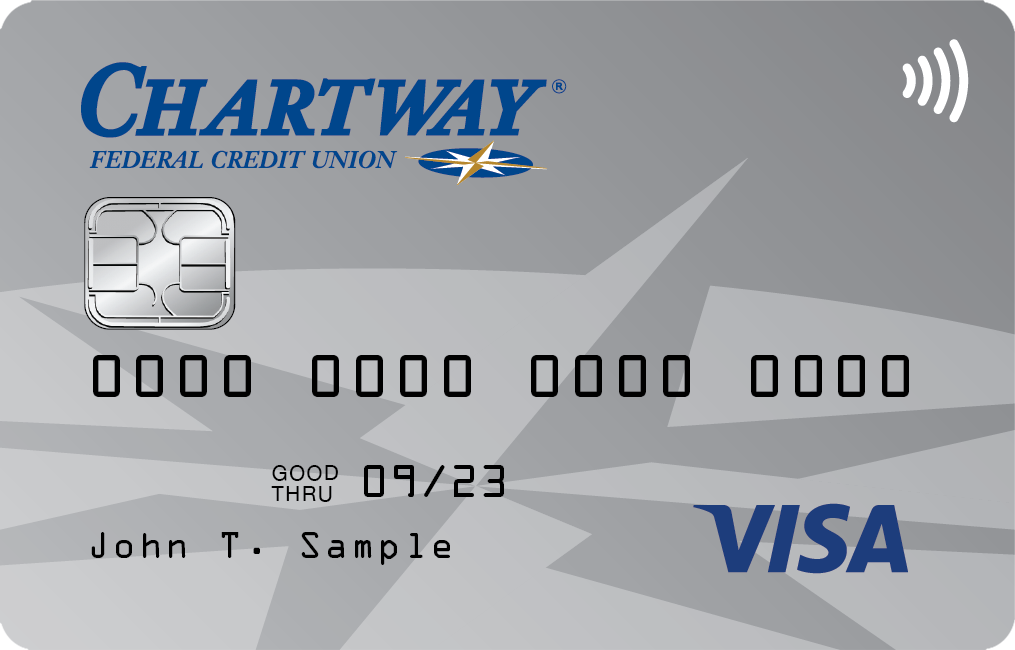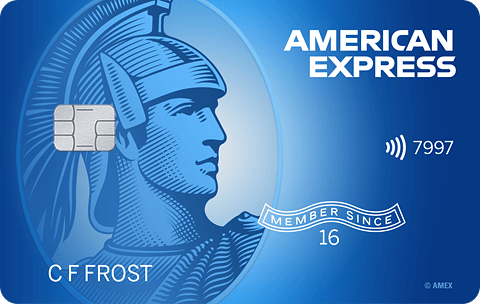- myFICO® Forums
- FICO Scoring and Other Credit Topics
- Understanding FICO® Scoring
- Fico scores broken down in points instead of perce...
- Subscribe to RSS Feed
- Mark Topic as New
- Mark Topic as Read
- Float this Topic for Current User
- Bookmark
- Subscribe
- Mute
- Printer Friendly Page
Fico scores broken down in points instead of percentages
Is your credit card giving you the perks you want?
Browse credit cards from a variety of issuers to see if there's a better card for you.
- Mark as New
- Bookmark
- Subscribe
- Mute
- Subscribe to RSS Feed
- Permalink
- Report Inappropriate Content
Fico scores broken down in points instead of percentages
Hello all. Question - I have seen people break down the fico score using "points" instead of the genertic percentages. Looking on fico website .. no points are stated that breaks down fico scores - to give you an example:
payment history is worth 165 pts
credit uti is worth 65pts
credit age is 82.5pts
inquires is worth 55pts
credit mix is with 55pts
If this is accurate - this is a simpler way to understand fico I guess. I need to know to educate my audience. Plz someone gives me insight! Thanks!
- Mark as New
- Bookmark
- Subscribe
- Mute
- Subscribe to RSS Feed
- Permalink
- Report Inappropriate Content
Re: Fico scores broken down in points instead of percentages
That's a theory some of us believe to varying degrees, but there is no official support for the theory. The people who know don't talk about it, and those of us who talk about it don't really know.
- Mark as New
- Bookmark
- Subscribe
- Mute
- Subscribe to RSS Feed
- Permalink
- Report Inappropriate Content
Re: Fico scores broken down in points instead of percentages
@Curious_George2 wrote:That's a theory some of us believe to varying degrees, but there is no official support for theory. The people who know don't talk about it, and those of us who talk about it don't really know.
Well spoken ![]()

































Total revolving limits 741200 (620700 reporting) FICO 8: EQ 703 TU 704 EX 691
- Mark as New
- Bookmark
- Subscribe
- Mute
- Subscribe to RSS Feed
- Permalink
- Report Inappropriate Content
Re: Fico scores broken down in points instead of percentages
@Neemac wrote:Hello all. Question - I have seen people break down the fico score using "points" instead of the genertic percentages. Looking on fico website .. no points are stated that breaks down fico scores - to give you an example:
payment history is worth 165 pts
credit uti is worth 65pts
credit age is 82.5pts
inquires is worth 55pts
credit mix is with 55pts
If this is accurate - this is a simpler way to understand fico I guess. I need to know to educate my audience. Plz someone gives me insight! Thanks!
Short answer: no, that is not the way it works.
It is known that FICO scoring includes "bins" (also frequently referred to as buckets, scorecards, etc), and there are more than one bin for clean profiles and more than one for dirty profiles. So, someone in a dirty bin doesn't have a chance at a 800 score (unless they change bins) and someone on a clean bin will not have a score of 500. so the real ceiling and the real floor for scores is not the full range but a subset instead determined by what bin/bucket/scorecard the profile falls in.
There are some theories on what factors determines what bin a profile is in but I don't agree with all of it so will not regurgitate information I don't believe. The only line that is known is dirty vs clean because FICO published that information.
- Mark as New
- Bookmark
- Subscribe
- Mute
- Subscribe to RSS Feed
- Permalink
- Report Inappropriate Content
Re: Fico scores broken down in points instead of percentages
@Neemac wrote:Hello all. Question - I have seen people break down the fico score using "points" instead of the genertic percentages. Looking on fico website .. no points are stated that breaks down fico scores - to give you an example:
payment history is worth 165 pts
credit uti is worth 65pts
credit age is 82.5pts
inquires is worth 55pts
credit mix is with 55pts
If this is accurate - this is a simpler way to understand fico I guess. I need to know to educate my audience. Plz someone gives me insight! Thanks!
I'm curious who your audience is, as the percentage method seems pretty straightforward to me. I mean, what's confusing about 'payment history: 35%' and so on? Most people are at least somewhat familiar with percentages, and seeing things broken down to add up to 100%, so I'm not sure what the problem is.
As to whether there's an actual system like that, I have no idea and I don't recall seeing any. But you could create your own. Again, depending on who your target audience is, you could use numbers, graphs, figures, etc. But easiest is probably just teaching them how to understand percentages! ![]() That way, they can make sense of the abundance of information already available.
That way, they can make sense of the abundance of information already available.














- Mark as New
- Bookmark
- Subscribe
- Mute
- Subscribe to RSS Feed
- Permalink
- Report Inappropriate Content
Re: Fico scores broken down in points instead of percentages
I help woman ages 25-34 improve personal credit - although the precentages do seem simple, a lot of people have a hard time grasping this concept. From experinece most people can't calculate percentages of X
I came across this concept from a very high known individual who educates on consumer credit. I actually think the 'points version' is an easier concept to understand than 'percentages.' From the responses given, no one really knows how many exact points are given with fico.
Thanks for the input :-)
- Mark as New
- Bookmark
- Subscribe
- Mute
- Subscribe to RSS Feed
- Permalink
- Report Inappropriate Content
Re: Fico scores broken down in points instead of percentages
@Neemac wrote:I help woman ages 25-34 improve personal credit - although the precentages do seem simple, a lot of people have a hard time grasping this concept. From experinece most people can't calculate percentages of X
I came across this concept from a very high known individual who educates on consumer credit. I actually think the 'points version' is an easier concept to understand than 'percentages.' From the responses given, no one really knows how many exact points are given with fico.
Thanks for the input :-)
You're welcome. ![]()
Now that I understand better what you're shooting for, it makes more sense. Am I understanding this correctly? Say that one's score is 700. You're wanting to break it down like 'payment history = 245' (35% of 700), and so on? As noted earlier, you could create your own system, and use it with the people you're helping, as I'm not aware of any existing system like this.
Also, using visuals may make percentages easier to understand, i.e., pie charts, bar graphs, etc. That would at least get them used to the concept of viewing credit score factors as percentages.














- Mark as New
- Bookmark
- Subscribe
- Mute
- Subscribe to RSS Feed
- Permalink
- Report Inappropriate Content
Re: Fico scores broken down in points instead of percentages
Thanks for responding - I am a credit specialist and help individuals improve personal credit for financing
@SoCalGardener wrote:
@Neemac wrote:Hello all. Question - I have seen people break down the fico score using "points" instead of the genertic percentages. Looking on fico website .. no points are stated that breaks down fico scores - to give you an example:
payment history is worth 165 pts
credit uti is worth 65pts
credit age is 82.5pts
inquires is worth 55pts
credit mix is with 55pts
If this is accurate - this is a simpler way to understand fico I guess. I need to know to educate my audience. Plz someone gives me insight! Thanks!
I'm curious who your audience is, as the percentage method seems pretty straightforward to me. I mean, what's confusing about 'payment history: 35%' and so on? Most people are at least somewhat familiar with percentages, and seeing things broken down to add up to 100%, so I'm not sure what the problem is.
As to whether there's an actual system like that, I have no idea and I don't recall seeing any. But you could create your own. Again, depending on who your target audience is, you could use numbers, graphs, figures, etc. But easiest is probably just teaching them how to understand percentages!
That way, they can make sense of the abundance of information already available.
- Mark as New
- Bookmark
- Subscribe
- Mute
- Subscribe to RSS Feed
- Permalink
- Report Inappropriate Content
Re: Fico scores broken down in points instead of percentages
@SoCalGardener wrote:
@Neemac wrote:I help woman ages 25-34 improve personal credit - although the precentages do seem simple, a lot of people have a hard time grasping this concept. From experinece most people can't calculate percentages of X
I came across this concept from a very high known individual who educates on consumer credit. I actually think the 'points version' is an easier concept to understand than 'percentages.' From the responses given, no one really knows how many exact points are given with fico.
Thanks for the input :-)
You're welcome.
Now that I understand better what you're shooting for, it makes more sense. Am I understanding this correctly? Say that one's score is 700. You're wanting to break it down like 'payment history = 245' (35% of 700), and so on? As noted earlier, you could create your own system, and use it with the people you're helping, as I'm not aware of any existing system like this.
Also, using visuals may make percentages easier to understand, i.e., pie charts, bar graphs, etc. That would at least get them used to the concept of viewing credit score factors as percentages.
The starting point, " I want to add up the points value of the components of the various scoring factors to calculate what the individual score should be" is fundamentally flawed. It's not how the algorithm is working. The FICO score ( and even non-FICO scores ) are a measure of risk of default by the person being scored, how much risk a new lender is likely taking on, based on the person's payment habits and existing debt levels, as measured in several ways.
The basis for my opinion is, a new person, just starting to generate a credit score, does not start at 350 and have to build up score from there by making 36 months of payments. The new person is spotted a score of around 700 +/- without any regard to how long payment history exists. If the person doesn't miss any payments, and doesn't open a boatload of new cards, then score begins to inch up as payment history is built up. If the new person immediately goes 30 days late on their first credit card statement, well then score starts getting penalized and reduced, because "risk of default" has now gone up. Continue to go 60 days late? then 90 days late? well the new person is going to drive their score quickly into the dirt. The only way people get to 500 or below is either by taking very good care to miss all their payments, or their ex-spouse takes good care to miss all the payments on accounts they have access to.
So the approach should be more "Tell me what your FICO score is from a proper score source" and then let's take a look at what factors may be helping or hurting that score, based on your actual card structure, utilization percentages, actual payment history, and other factors unique to this person's credit file. And the OP must clearly state this is an amateur effort to describe, in broad strokes, how the FICO score might have been calculated. That's where the percentages come in, to influence the score plus or minus. Payment history is good? Well, score has been boosted by that. Payment history is not good? That's going to be a large factor in why this person's score is nearer 600 or even lower.
tldr: You can't use a set number of points to recalculate a FICO score, it just can't be done.
Oct 2014 $46k on $127k 36% util EQ 722 TU 727 EX 727
April 2018 $18k on $344k 5% util EQ 806 TU 810 EX 812
Jan 2019 $7.6k on $360k EQ 832 TU 839 EX 831
March 2021 $33k on $312k EQ 796 TU 798 EX 801
May 2021 Paid all Installments and Mortgages, one new Mortgage EQ 761 TY 774 EX 777
April 2022 EQ=811 TU=807 EX=805 - TU VS 3.0 765
